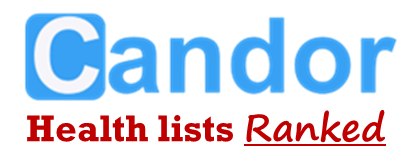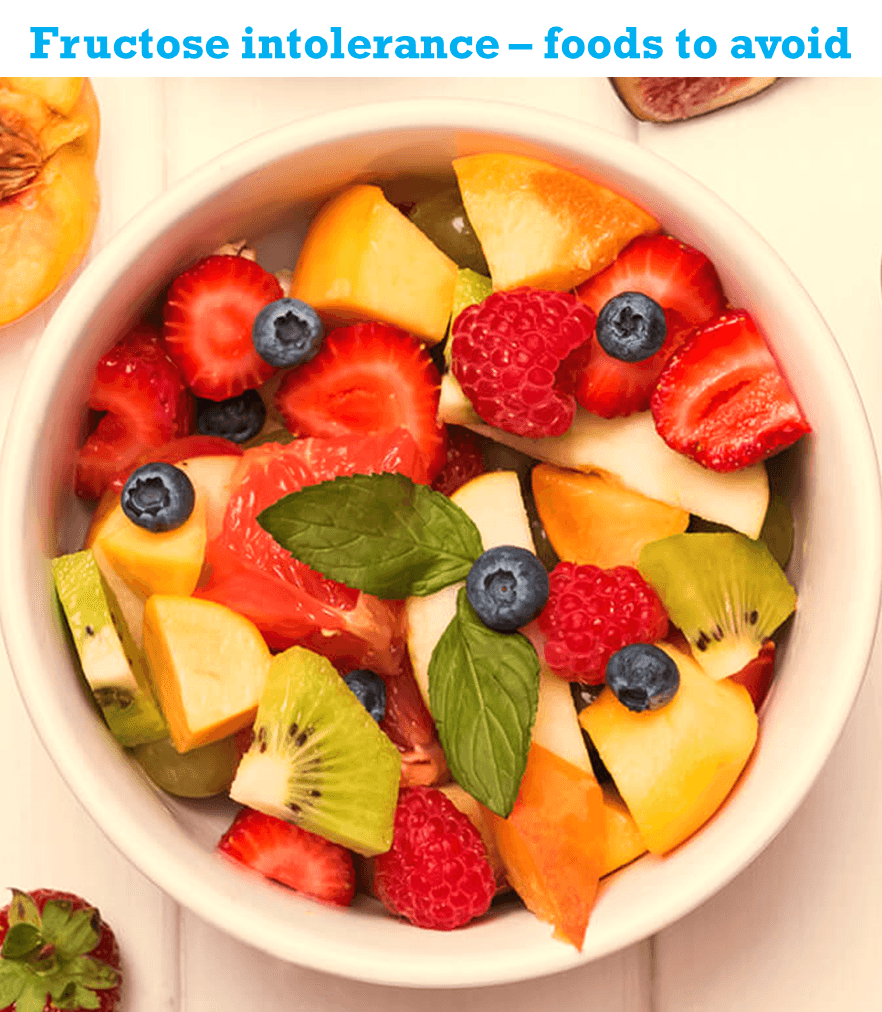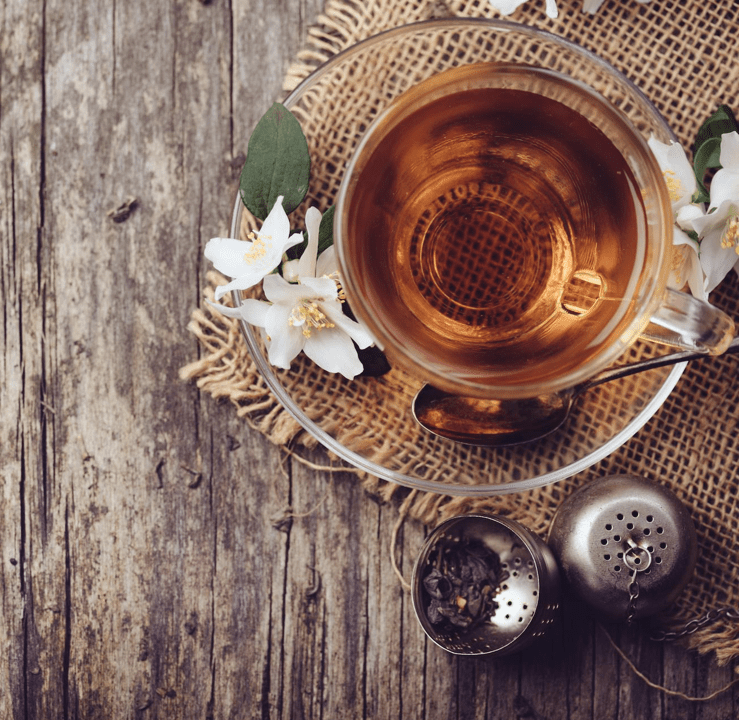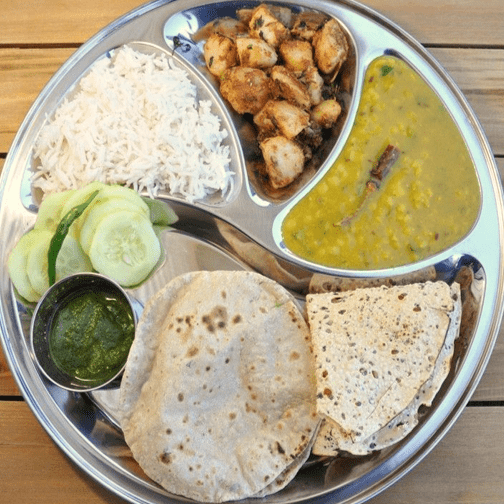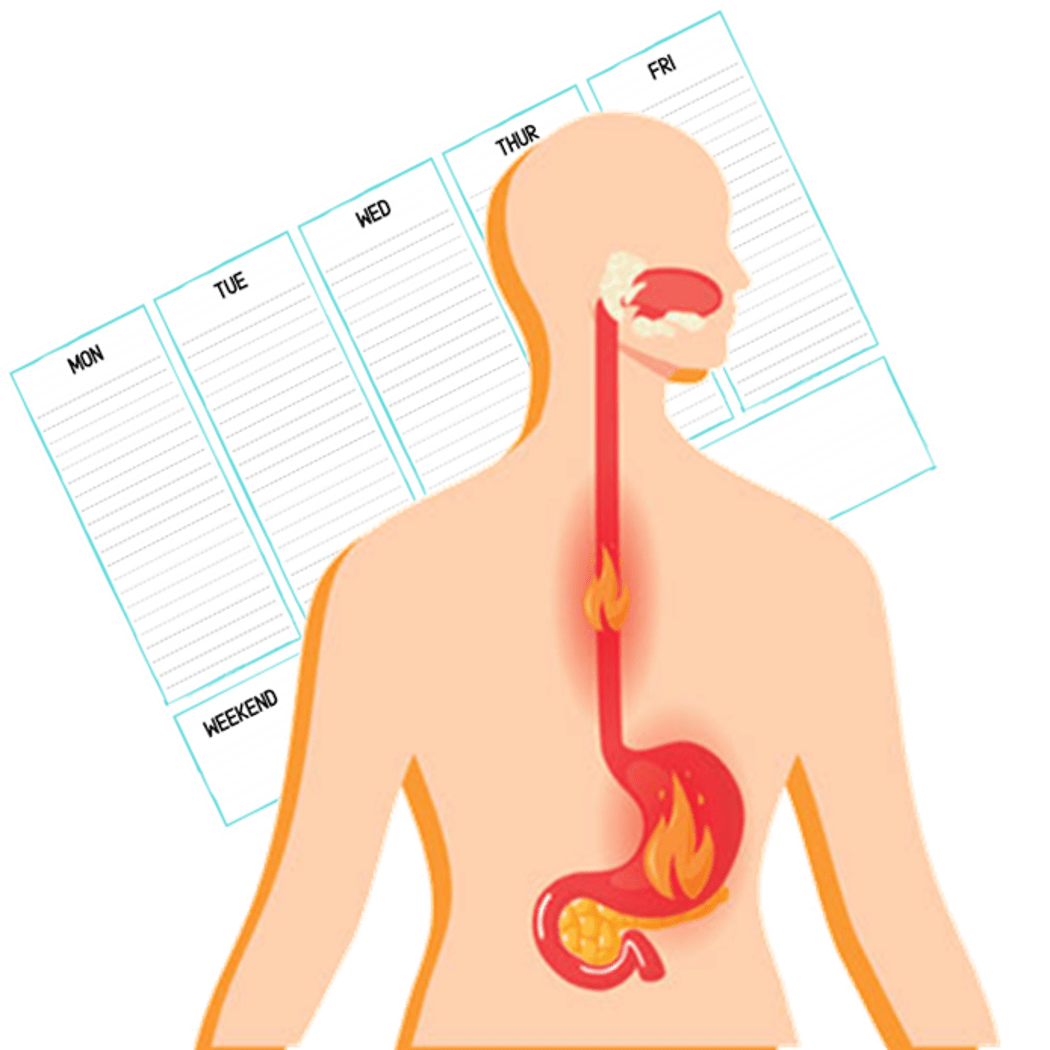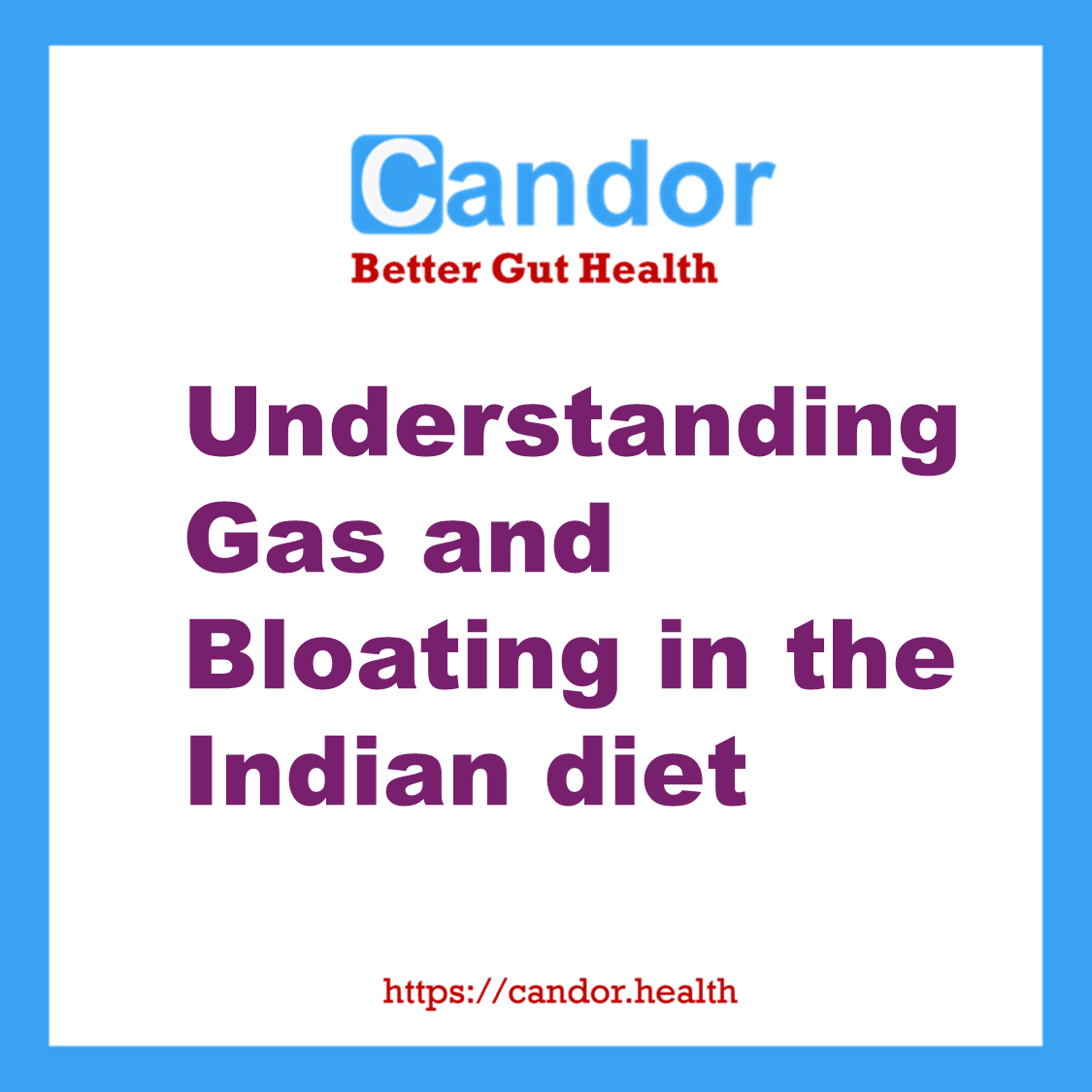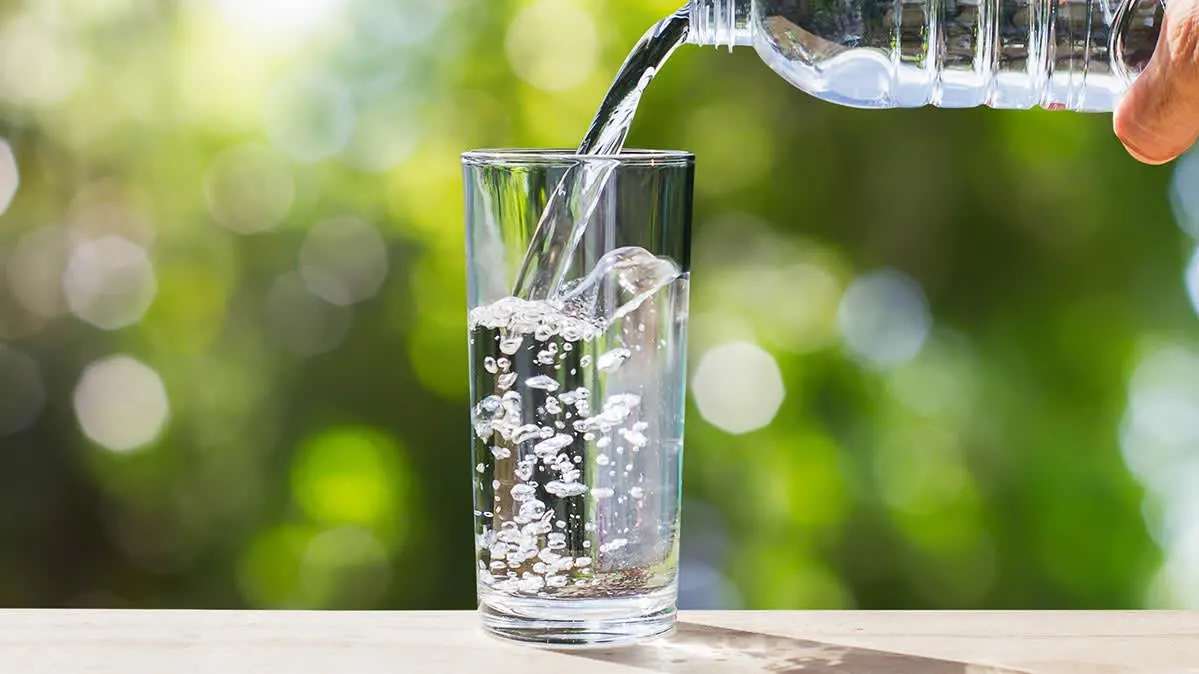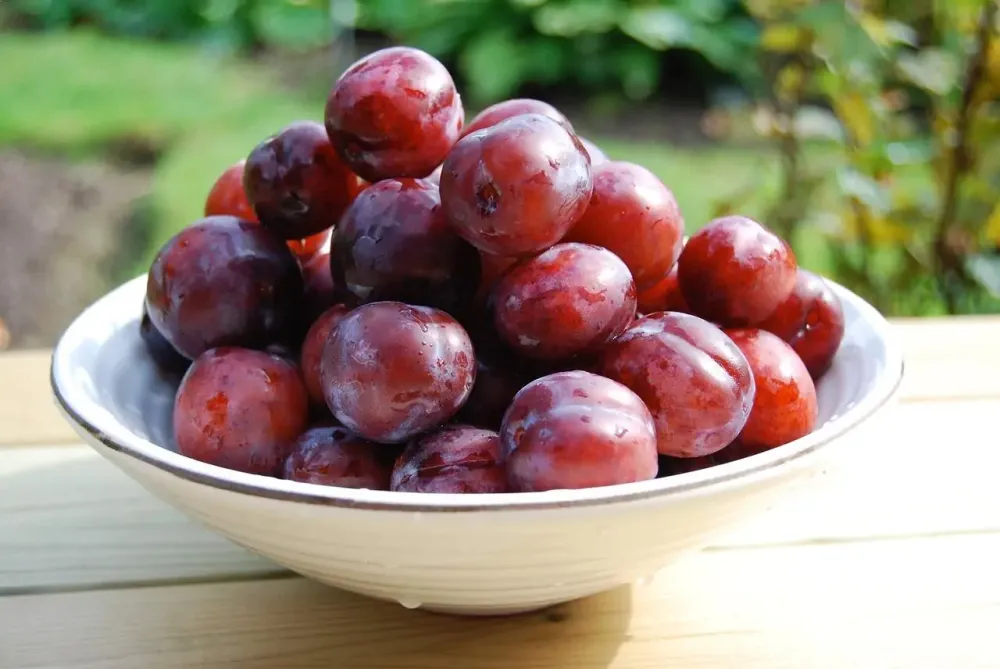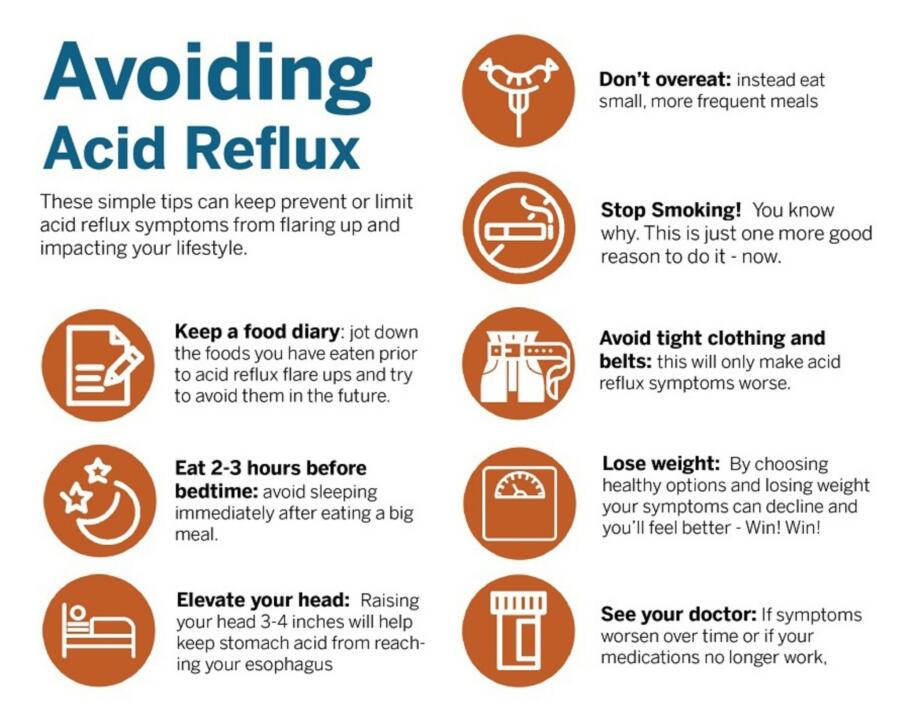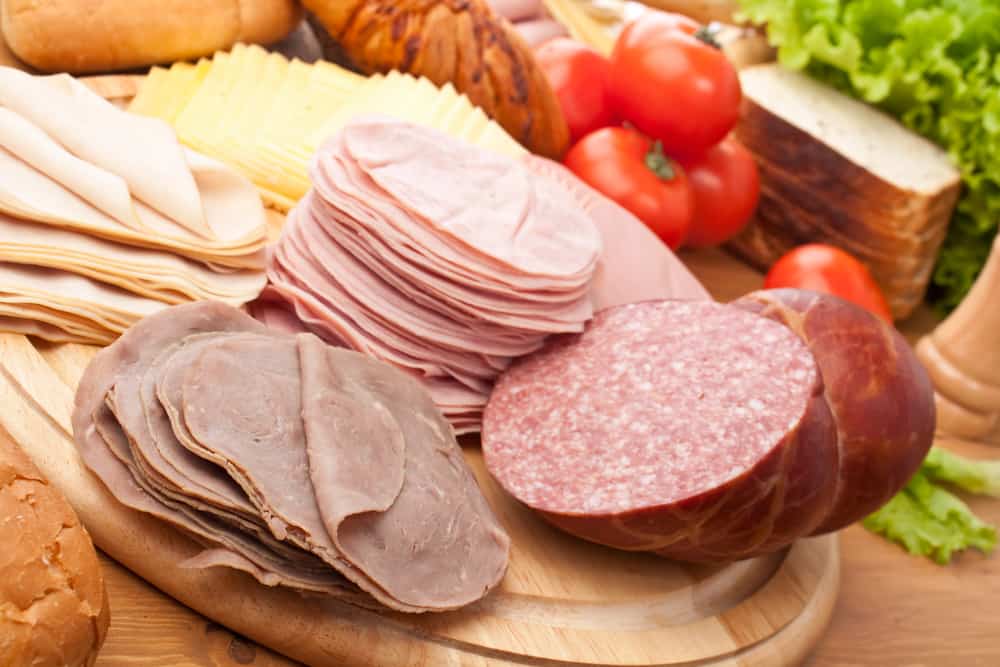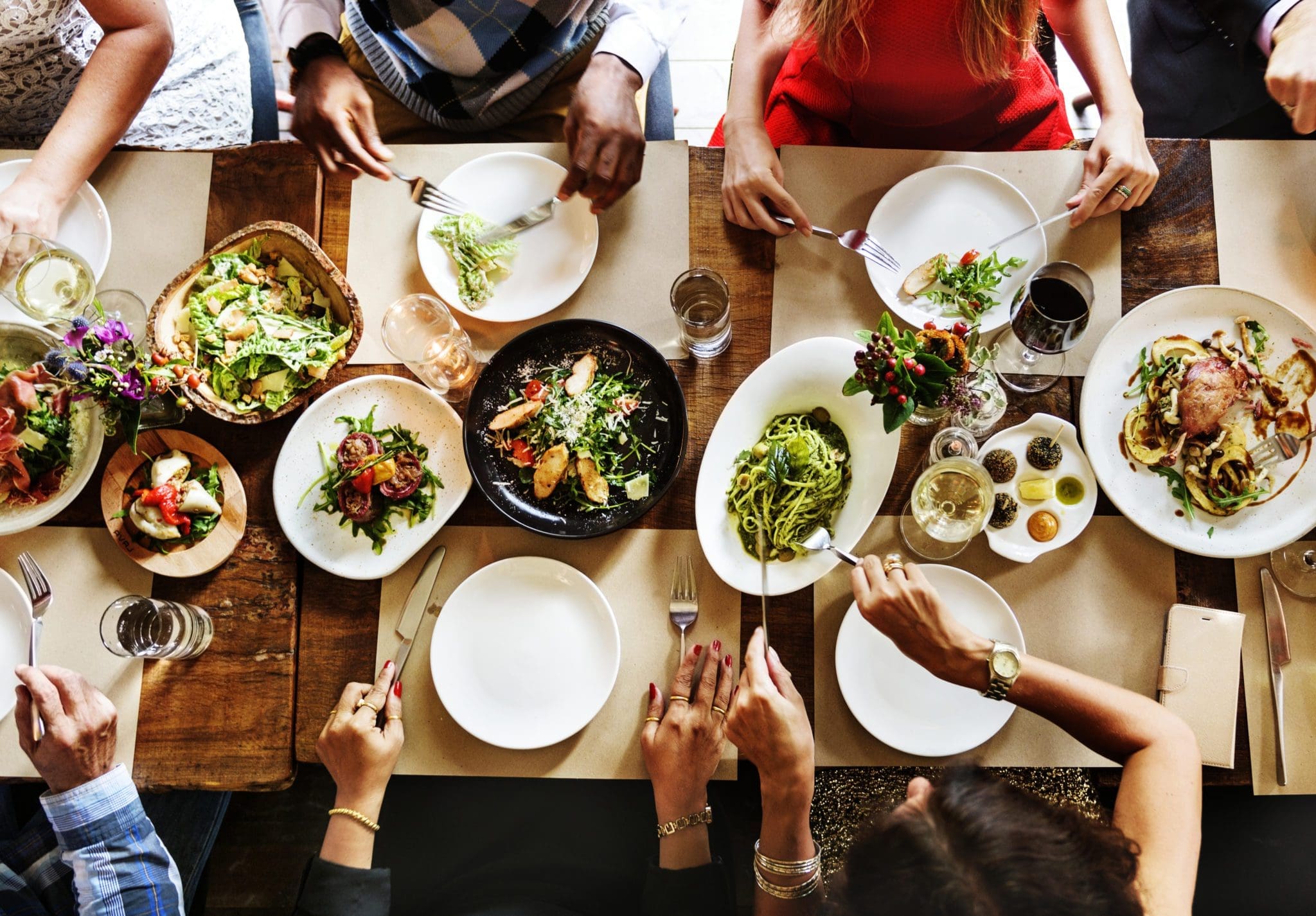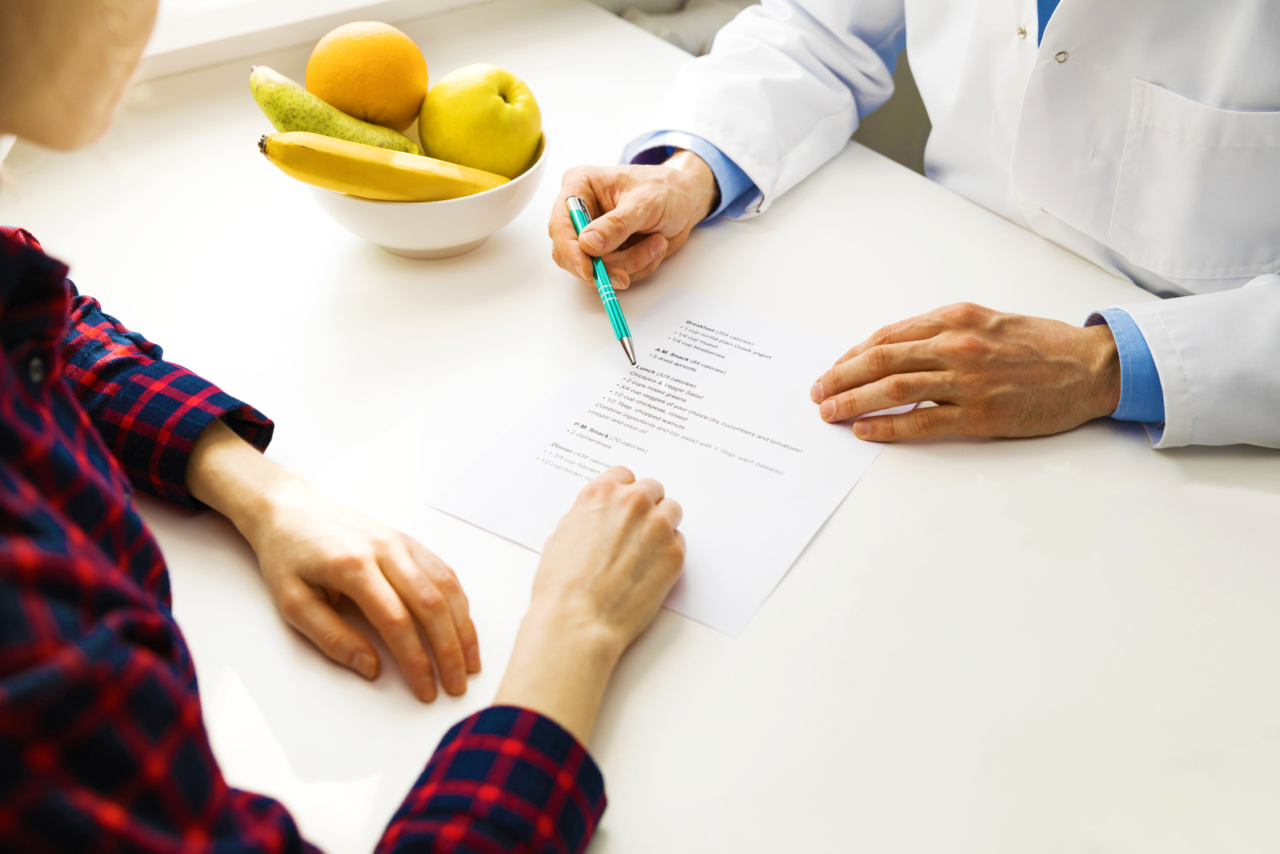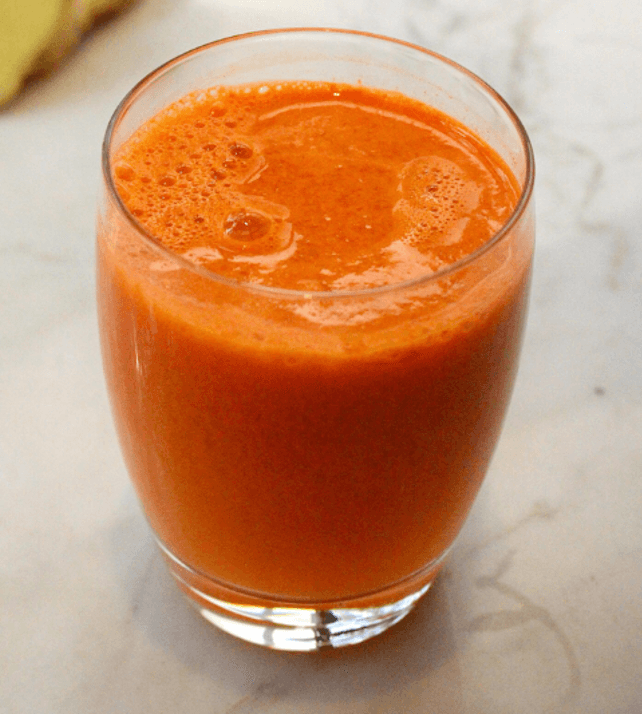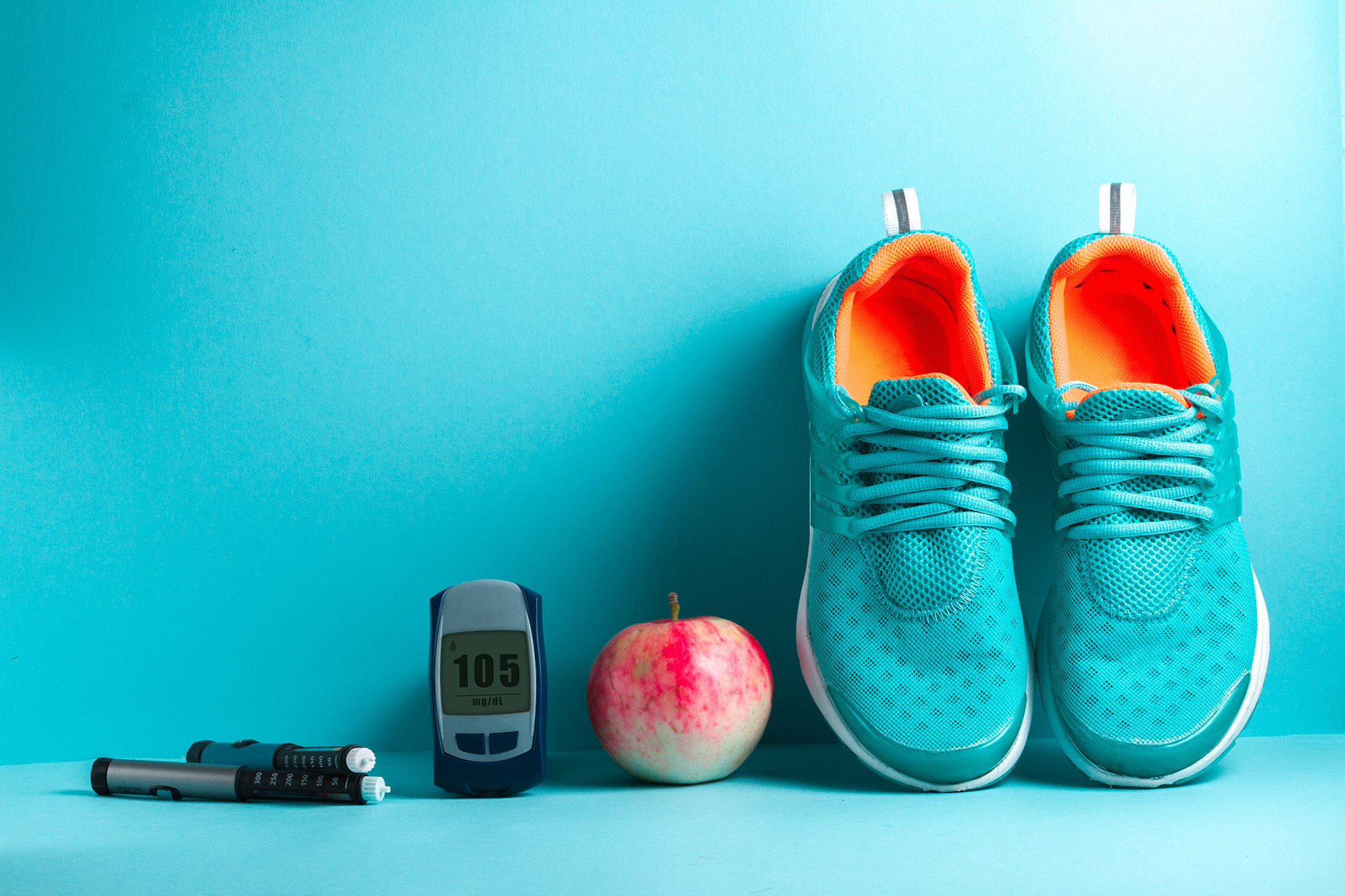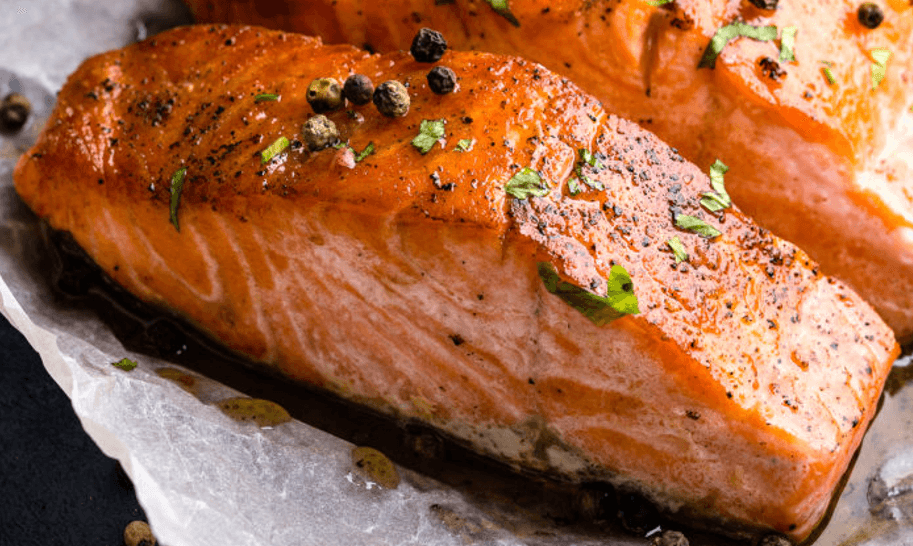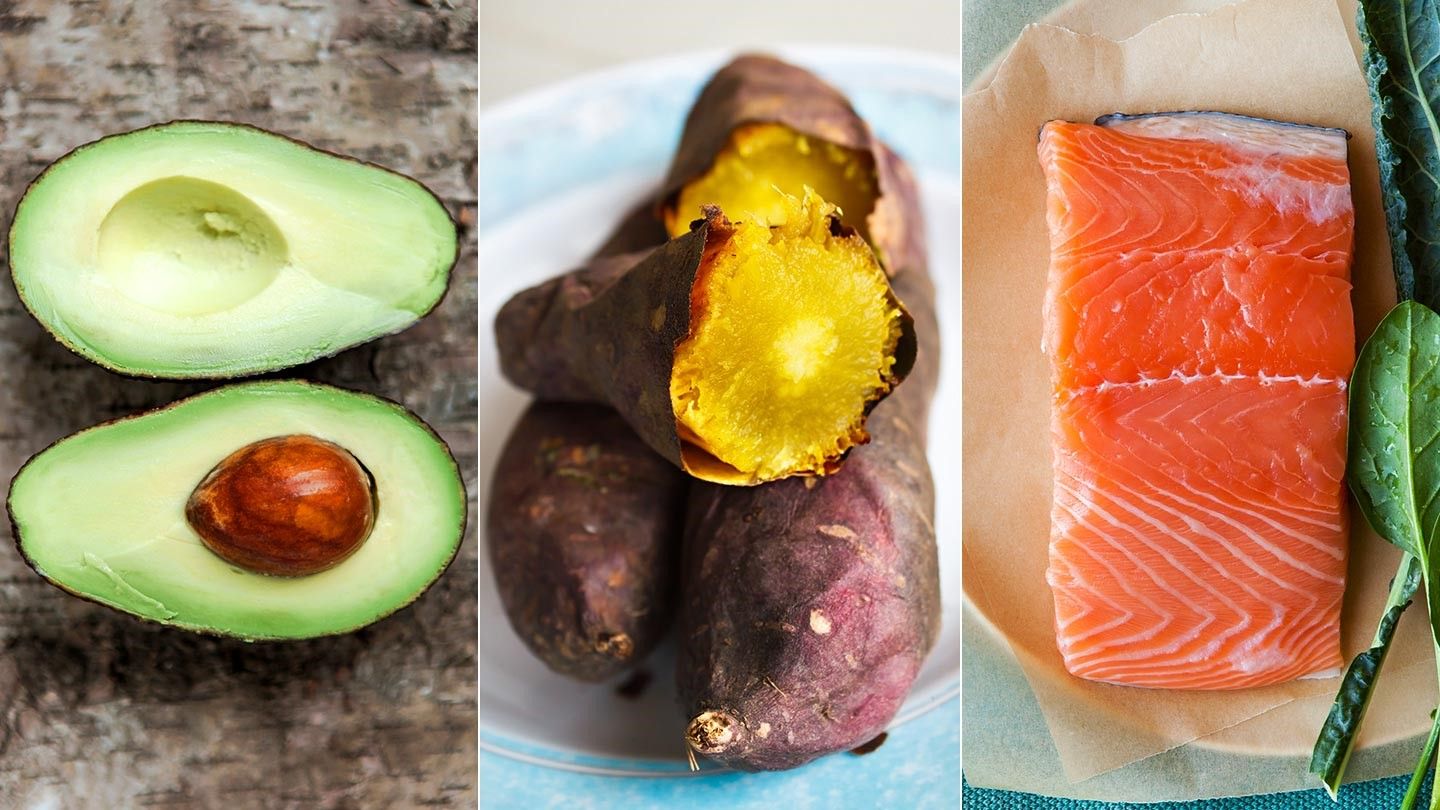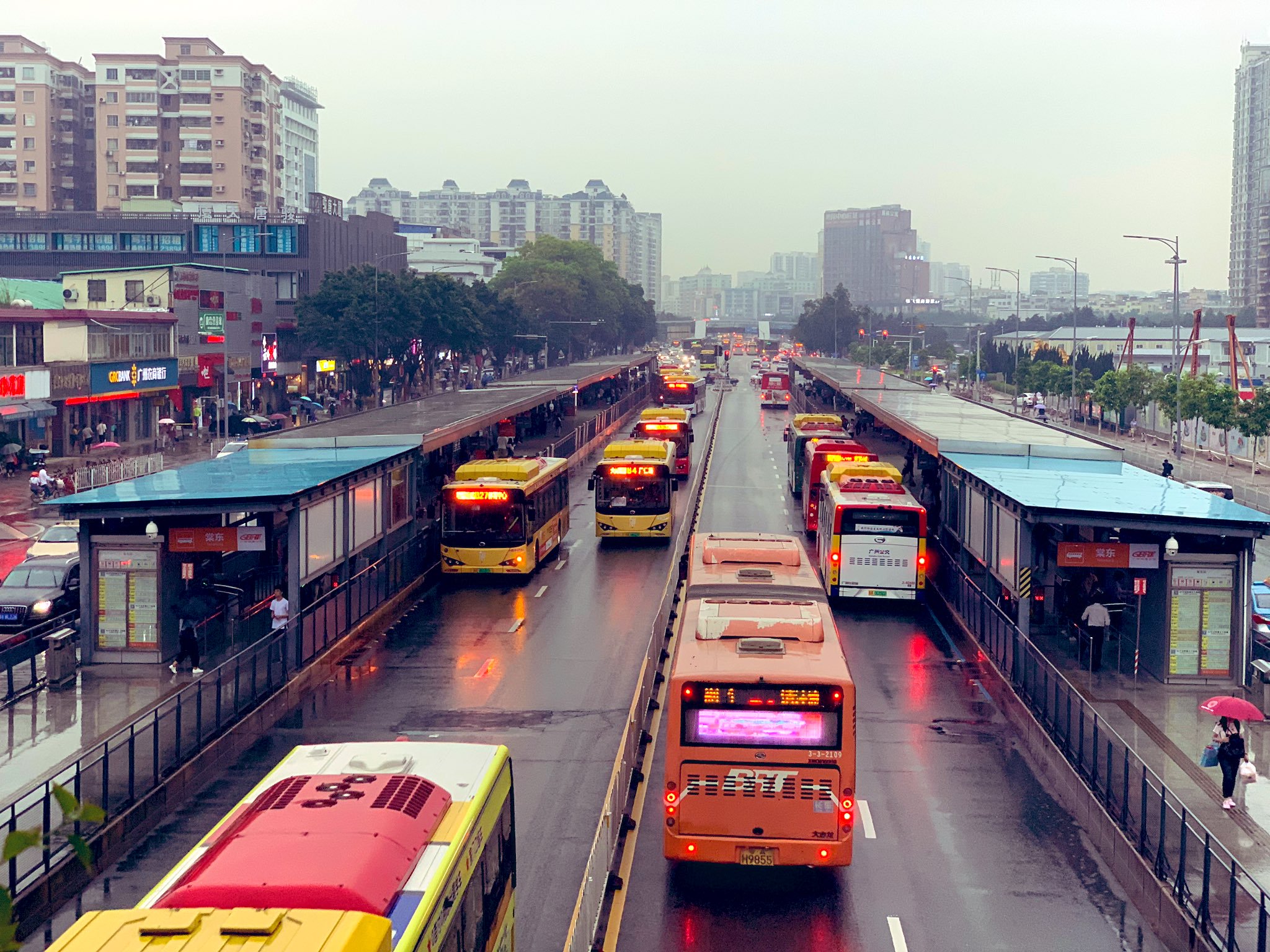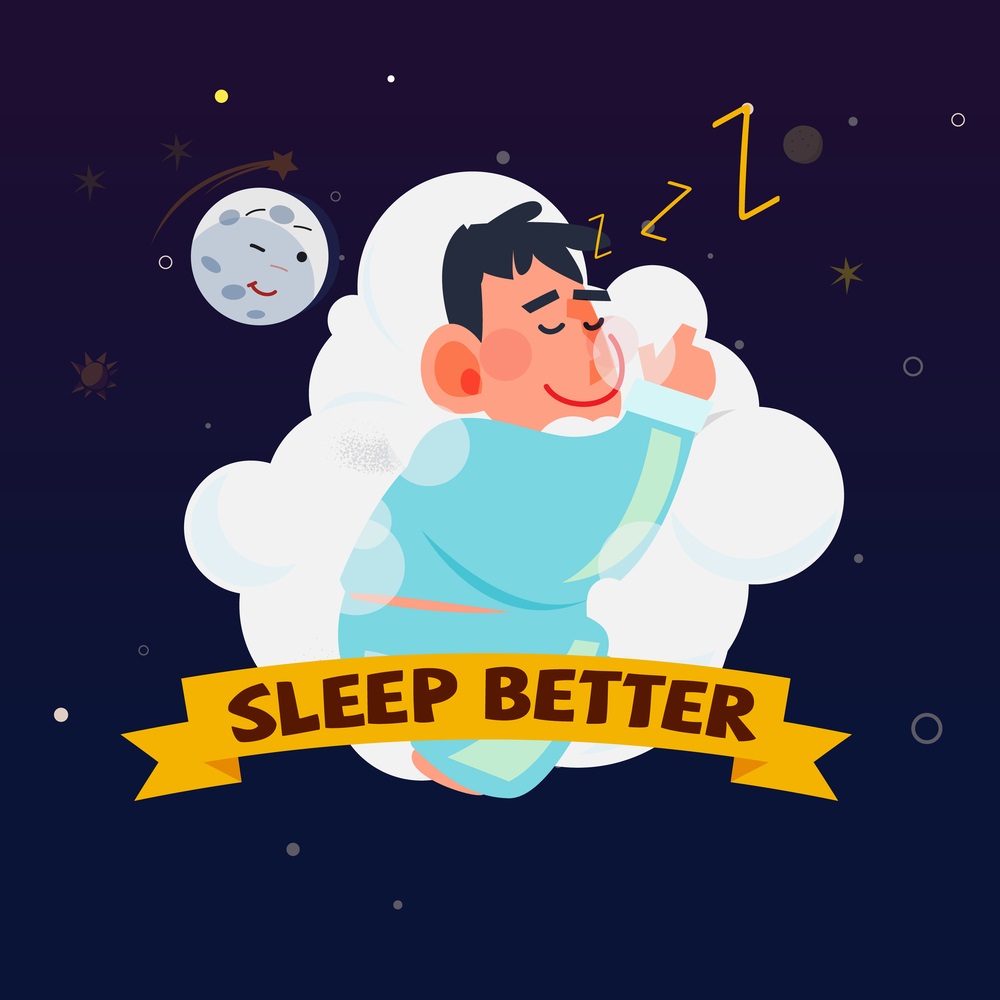Fructose, a naturally occurring sugar present in fruits, fruit juices, certain vegetables, and honey, also forms a key component of table sugar (sucrose) and high-fructose corn syrup, commonly used to sweeten processed foods and beverages.
When your digestive system struggles to absorb fructose properly, it can indicate fructose malabsorption and can lead to discomfort, including abdominal pain, diarrhea, and gas.
If you have fructose intolerance, it’s wise to limit high-fructose foods like juices, apples, grapes, watermelon, asparagus, peas, and zucchini. However, some lower fructose options such as bananas, blueberries, strawberries, carrots, avocados, green beans, and lettuce may be tolerated in moderate amounts during meals.
Stay vigilant when reading product labels to steer clear of foods containing:
- Fructose
- High-fructose corn syrup
- Honey
- Agave syrup
- Invert sugar
- Maple-flavored syrup
- Molasses
- Palm or coconut sugar
- Sorghum
For tailored dietary advice, consider consulting a registered dietitian. They can provide a comprehensive list of foods to include or avoid, ensuring your daughter follows a healthy diet plan that meets all her nutritional needs.
Stay on the lookout for fructose hiding in unexpected places! Keep an eye on labels when it comes to sodas, condiments like ketchup and sauces, salad dressings, flavored yogurts, cereals, granolas, breads, cakes, cookies, and even baked beans. Surprisingly, fructose can also sneak its way into sports nutrition products like energy drinks or bars. Don’t forget to carefully read the labels of medicines and supplements too, as they may contain ingredients that could trigger symptoms or complications.
For those inclined to a more exact or scientific view, foods that should be avoided by people with fructose malabsorption include:
- Foods and beverages containing greater than 0.5 g fructose in excess of glucose per 100 g and greater than 0.2 g of fructans per serving should be avoided.
- Foods with >3 g of fructose per serving are termed a ‘high fructose load’ and possibly present a risk of inducing symptoms. However, the concept of a ‘high fructose load’ has not been evaluated in terms of its importance in the success of the diet.
- Foods with high fructose-to-glucose ratio. Glucose enhances absorption of fructose, so fructose from foods with fructose-to-glucose ratio <1, like white potatoes, are readily absorbed, whereas foods with fructose-to-glucose ratio >1, like apples and pears, are often problematic regardless of the total amount of fructose in the food.
- Foods rich in fructans and other fermentable oligo-, di- and mono-saccharides and polyols (FODMAPs), including artichokes, asparagus, leeks, onions, and wheat-containing products, including breads, cakes, biscuits, breakfast cereals, pies, pastas, pizzas, and wheat noodles.


Here’s a heads-up on other fructose-laden choices to be mindful of:
- Be cautious with pancake syrup, but 100% pure maple syrup is safe to indulge in.
- Watch out for jams and jellies sweetened with high-fructose corn syrup or fruit juice concentrates.
- Honey mustard sauces and dressings may pack a fructose punch, so check the labels.
- Be wary of relishes made with high-fructose corn syrup.
- Keep an eye on apple butter and pear butter.
- Check ketchup and BBQ sauce labels, as some may contain high-fructose corn syrup.
- Sweeteners:
- Agave nectar
- Fructose or crystalline fructose
- Honey
- Karo light corn syrup
- Fruit juice concentrates
- Fruit:
- Apple
- Pear
- Watermelon
- Cherries
- Figs
- Mango
- Vegetables
- Sweet corn
- Sugar snap peas and snow peas
- Green peas
- Butternut squash
- Pumpkin
- Beetroot
- Artichokes
- Asparagus
- Leeks
- Onions
- Garlic
- Shallots
- Beverages
- Fruit juice or cider (even if from lower fructose fruits)
- Fruit smoothie drinks
- Soda
- Sports drinks or soft drinks sweetened with fructose, honey, agave nectar or high-fructose corn syrup
- Fortified wines (e.g., sherry, port)
- Rum
Watch out for sneaky fructose culprits in your favorite treats! Keep an eye on commercially baked goodies like cookies, cakes, and crackers that use high-fructose corn syrup. Be cautious with pastries made from honey, such as baklava, honeycakes, and honeybuns. Fruit-based indulgences like fruit tarts, pies, or danishes, especially those made with high-fructose fruits or commercial pie fillings, might also be hiding fructose. Don’t forget to be mindful of fig-filled treats like Fig Newton cookies.
Check the labels of cereals, granolas, and granola bars, as some may contain honey. Even seemingly innocent natural/organic lollipops or candies made with honey or agave nectar can pack a fructose punch.
Be wary of caramels, fruit leathers, and dried fruit bars, too. Keep a close eye on certain gummy candies or fruit chews, which may secretly harbor fructose (even in some gummy supplements!). When it comes to apple-based products like applesauce or fruit purees containing apple or pear, double-check for fructose content. Even sorbets made from high-fructose fruits, such as mango sorbet, should be approached with caution. Lastly, don’t overlook ice cream sweetened with high-fructose corn syrup. Stay vigilant and savor your treats responsibly!
For more information related to this topic, check out our article on fructose intolerance.
References:
- Bidwell, Amy J. (28 May 2017). “Chronic Fructose Ingestion as a Major Health Concern: Is a Sedentary Lifestyle Making It Worse? A Review”. Nutrients.
- Gibson, Peter R; Shepherd, Susan J (2010). “Evidence-based dietary management of functional gastrointestinal symptoms: The FODMAP approach”. Journal of Gastroenterology and Hepatology.
- National Institutes of Health (NIH)
- National Institute of Diabetes and Digestive and Kidney Diseases (NIDDK)
